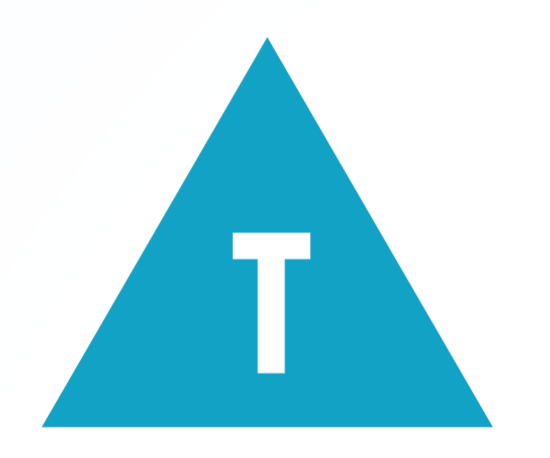Core Competencies: Thinking
|
|
Creative thinking involves the generation of new ideas and concepts that have value to the individual or others,and the development of these ideas and concepts from thought to reality
Critical thinking involves making judgments based on reasoning: students consider options; analyze these using specific criteria; and draw conclusions and make judgments. Critical thinking competency encompasses a set of abilities that students use to examine their own thinking, and that of others, about information that they receive through observation, experience, and various forms of communication. |
Creative thinking:
1. Novelty and value
Students get creative ideas that are both novel and have value. There are degrees of novelty—an idea may be new to that
student or it may be new to their peers; it may be novel for their age group, or it may be novel to a larger community. It may be new in a particular context or absolutely new. The idea or product may also have value in a variety of ways and contexts—it may be fun, it may provide a sense of accomplishment, it may solve a naturally occurring problem, it may be a form of self-expression, it may provide a new perspective that influences how people think about something or the actions people take. An idea can have an impact on the individual student, classmates, a larger group of peers, in one’s community, or on a global level.
2. Generating ideas
Students may generate creative ideas as a result of free play, engagement with someone else’s ideas, a naturally occurring problem or constraints, or interest or passion. New ideas and inspirations can spontaneously arise from the unconscious mind, which is why students often report that their ideas just “pop” into their heads. However, students can also become aware of, and use, ways to help their unconscious minds generate ideas—giving their unconscious minds lots of ideas and information to combine and recombine at random (e.g., by learning a lot about something of interest), providing the incubation time for the unconscious to work, and quieting the filters and censors in the conscious and subconscious minds that tend to prevent novel ideas and inspirations from rising to the conscious mind (e.g., by doing relaxing or automatic activities).
3. Developing ideas
After students get creative ideas, they evaluate them, decide which ones to develop, refine them, and work to realize them in some way. This process of developing ideas may require building the necessary skills, sustaining perseverance, and using failure productively over time. It may also require generating additional creative ideas to come up with solutions to problems along the way.
Creative thinking:
1. Analyze and Critique
Students learn to analyze and make judgments about a work, a position, a process, a performance, or another product or act. They consider purpose, focus on evidence, and use criteria (explicit or implicit) to draw conclusions and make defensible judgments or assessments. They consider a variety of perspectives. Some opportunities for analysis and critique are formal tasks; others are informal, ongoing activities (e.g., assessing a plan they are developing to solve a problem). Students often analyze and critique their own work as a key part of their learning.
2. Question and Investigate
Students learn to engage in an inquiry and investigation where they identify and explore questions or challenges related to key issues or problematic situations in their studies, their lives, their communities, and the media. They develop and refine questions; create and carry out plans; gather, interpret, and synthesize information and evidence; and draw reasoned conclusions. Some critical thinking activities focus on one part of the process, such as questioning, while others may involve a complex inquiry into a local or global issue.
3. Develop and Design
Students apply critical thinking to create or transform products, methods, performances, and representations in response to problems, events, issues, and needs. They work with clear purpose and consider the potential users or audience of their work. They explore possibilities, develop and refine plans, monitor their progress, and adjust their procedures in the light of criteria and feedback. They can determine the extent to which they have met their goals.

